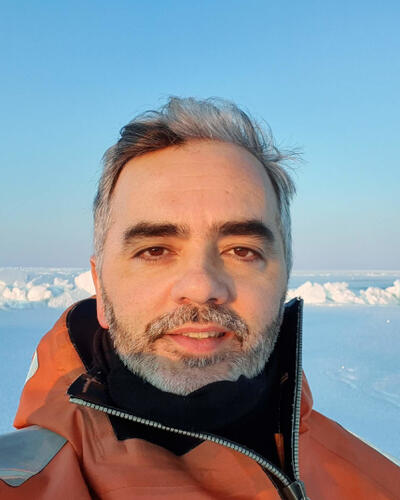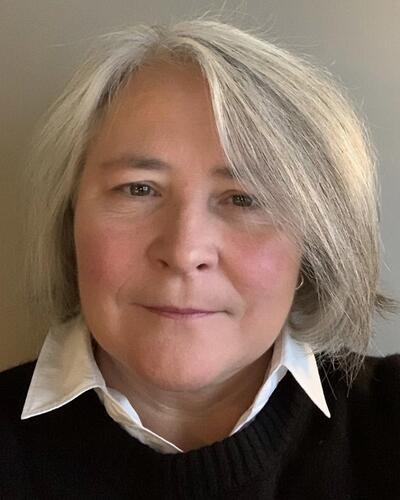Connectivity and adaptations of rissoid snails (Gastropoda: Rissoidae) to chemosynthesis-based ecosystems along the Arctic Mid-Ocean Ridge.
PhD project of Brenda Vazquez
Hovedinnhold
Project title
Connectivity and adaptations of rissoid snails (Gastropoda: Rissoidae) to chemosynthesis-based ecosystems along the Arctic Mid-Ocean Ridge.
Supervisors
Mari Heggernes Eilertsen, Pedro Ribeiro, Runar Stokke and Ida Helene Steen.
Funding
Artsdatabanken Vent & Seep Fauna, EcoSafe Ridge Mining and DeepSeaQuence projects at the Department of Biological Sciences, UiB.
Project description
In the deep ocean, chemosynthesis-based ecosystems (CBEs) include hydrothermal vents, cold seeps, and organic falls where life relies on reduced inorganic chemicals (i.e., methane, sulfide, or hydrogen). Microbial communities use these chemicals to obtain energy and fixate carbon, representing the primary food source in these ecosystems. On the other hand, specialized fauna needs adaptations to overcome challenging physicochemical conditions and take advantage of the nutrient availability (i.e., symbiosis with microbes).
One of the most common animals inhabiting Arctic CBEs are snails in the family Rissoidae. Preliminary DNA barcoding data indicates that there are at least three genetically distinct but closely related species of rissoids in Arctic CBEs. While they are clearly specialized, these species appear to be able to inhabit a wide range of reducing conditions, from hot vents to decaying wood. Thus, my PhD project aims to study the distribution, genetic connectivity, and adaptations of rissoid gastropods in Arctic CBEs. I will combine three different approaches: 1) DNA barcoding and 2b-RAD sequencing, 2) biophysical modelling of larval dispersal and 3) integrated genome-centric metagenomics and fluorescence in situ hybridization (FISH)-confocal laser scanning microscopy. Given the potential impact of planned deep-sea mining activities on the AMOR, the project will contribute to the understanding of specialized fauna in the region, providing the baselines for Red List inclusion and further conservation planning in the AMOR.




